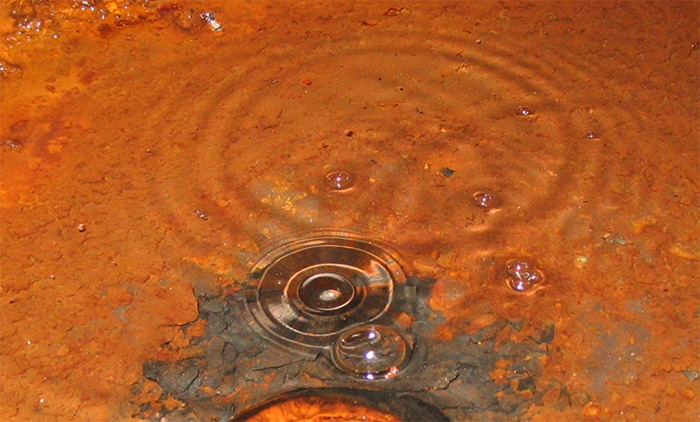
Underneath it All
In a paper released last week in Nature Communications, scientists note that ancient waters below Canada could be teeming with life.
The water was first discovered back in 2013 in a mine 2.4 km (~1.5 miles) below the surface of northern Ontario. It was estimated that the water may have been trapped underground for over 2.6 billion years. For those keeping track, that is nearly half of the age of our planet.
Now we fast-forward to the recent discovery—that this water actually could sustain life in these below ground conditions. In other words, there could be microbes that have never seen the sun or breathed atmospheric oxygen, could have thrived and evolved separately from the rest of Earth’s life for billions of years.

The discovery centers around whether the water contains sulfur. Previously, we have discovered microbes that have evolved means of creating energy outside of how most other organisms do. Instead of relying on oxygen and a food source powered by the Sun, these organisms survive on hydrogen and a form of sulfur know as sulphate, which comes from the natural radioactive decay of the rocks surrounding the water.
In an analysis of the levels of the sulphate, the researchers discovered that the levels were much lower than they should be. In fact, between about 100 – 1,000 times lower. This lead the scientists to hypothesize that organisms’ are using up the sulphate.
However, organisms have yet to be found.
What About Mars?
Surely, the idea of parallel evolution is exciting. Seeing how life might evolve under completely different conditions than the rest the life on this planet is an exciting prospect. Still, the implications of what this might mean for other planets may be even more fascinating.
“This continues to open up our idea of how much of this planet is habitable,” said Barbara Sherwood Lollar, one of the researchers from the University of Toronto to The Globe and Mail. “And it speaks to the habitability of Mars as well.”
Being able to understand how organisms thrive and evolve in these alternate conditions here on Earth could be a window into how it’s possible for ecosystems to exist on other planets. This could help point to a greater number of habitable planets for entirely different classes of organisms throughout the cosmos.